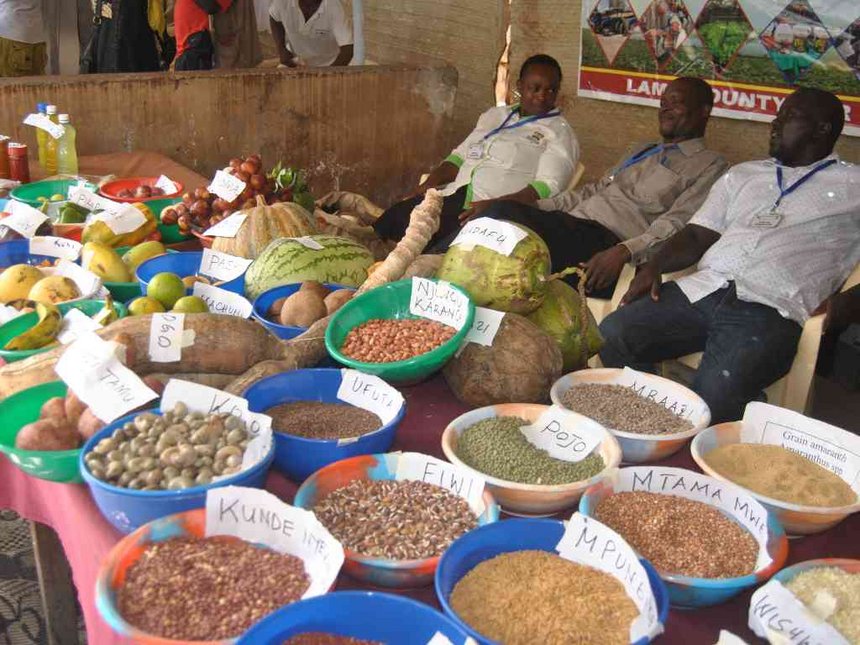Food imports into Kenya rose by 30.1 per cent to Sh68.63bn in the first four months of 2018 compared to Sh52.75bn in a similar period in 2017 despite improved weather conditions favorable for crop development, the Central Bank of Kenya reports.
The statistics revealed that Kenya’s reliance on foreign markets to feed her population estimated at 46m people has risen by four and half times as the country imported food worth Sh15.09bn from January to April of 2008.
The rise is attributed to over reliance on rain fed agriculture at the expense of irrigation technologies that can ensure production of crops all year round.
Related
Urban residents can reduce cost of living by using vertical bags to grow food
Affordable internet enabling farmers improve food production
Thika pickle Company maker buys tomatoes, onions and garlic across Kenya
According to the ministry of agriculture, Kenya has 5.5m hectares of arable land, but only 17 per cent is suitable for rain fed agriculture with productive crop areas shrinking.
In this, only three per cent of arable land is irrigated with majority of farmers growing maize, pulses, fruits, tea, roots and tubers.
The ministry however, reports that if drip irrigation was applied, Kenyan farmers could increase their crop yields by up to five times.
Over reliance on rain fed agriculture coupled with the fall army worm infestation in some areas resulted in lower production of maize leading to decreased volumes of marketed maize.

According to the 2018 economic survey report, maize production decreased by 6.3 per cent from 37.8m bags in 2016 to 35.4m bags in 2017
Maize imports thus increased more than eight fold from 149 thousand tonnes in 2016 to 1,328 thousand tonnes in 2017. Rice imports increased by 23.1 per cent from 508.0 thousand tonnes in 2016 to 625.1 thousand tonnes in 2017.
The government chipped in to subsidize the skyrocketing prices of a two kilogram packet of maize flour from Sh140 to Sh90 hence relieving consumers.
Wheat production reduced by 23.1 per cent from 214.7 thousand tonnes in 2016 to 165.2 thousand tonnes in 2017.
In order to meet the deficit in production, wheat imports increased by 36.2 per cent in 2017 from 1,362.3 thousand tonnes in 2016.
As for rice, an additional 7,363 hectares of land was placed under irrigation in 2017, representing a 50.5 per cent increase. This was largely attributable to the expansion of acreage in the out grower areas within the Mwea irrigation scheme.
Similarly, the number of plot holders practicing irrigation rose by 25.1 per cent to 16,326 in 2017.
Despite the increase in the area cropped and the increase in the number of plot holders, the volume of total paddy declined by 20 per cent to 81.2 thousand tonnes in 2017.This resulted to a 22.5 per cent decrease in gross value of output from all scheme areas to Sh4.4bn in the review period.
















Comments powered by CComment